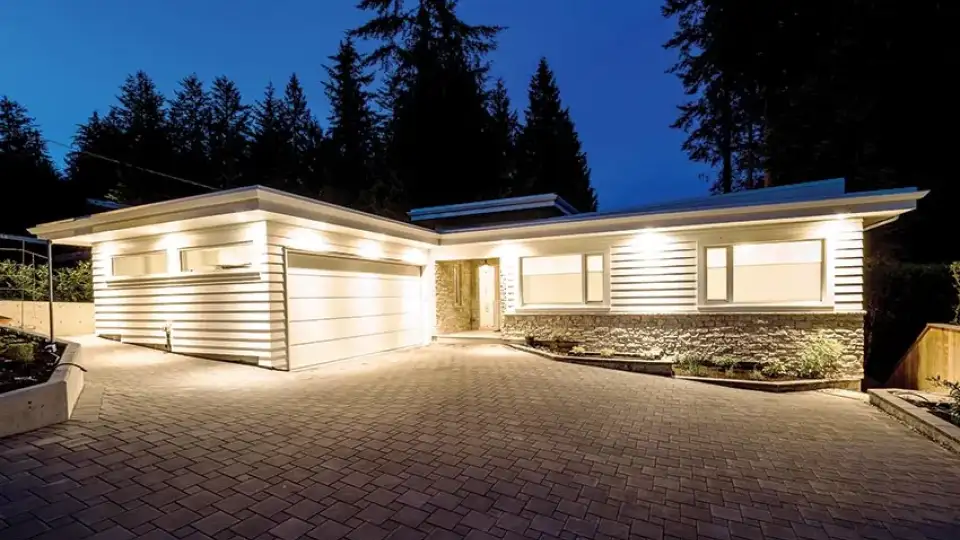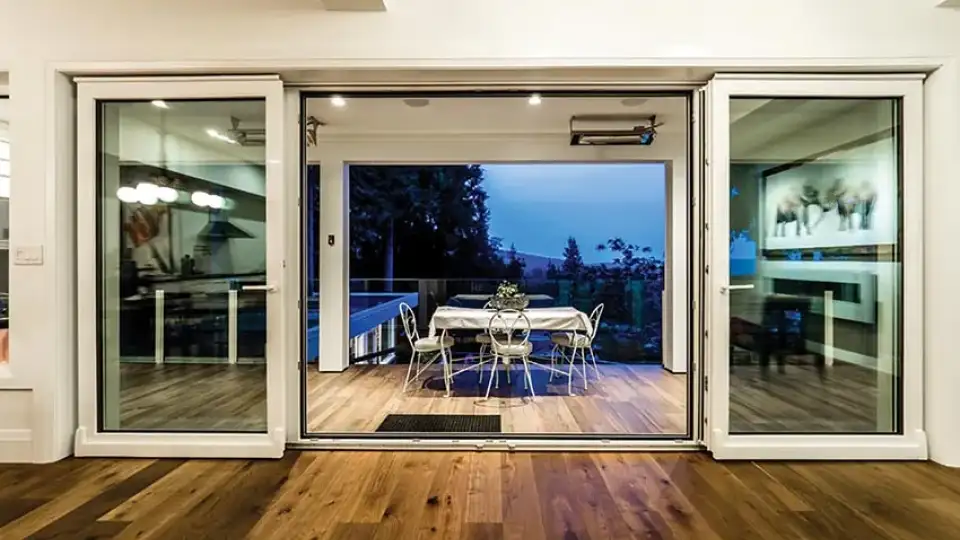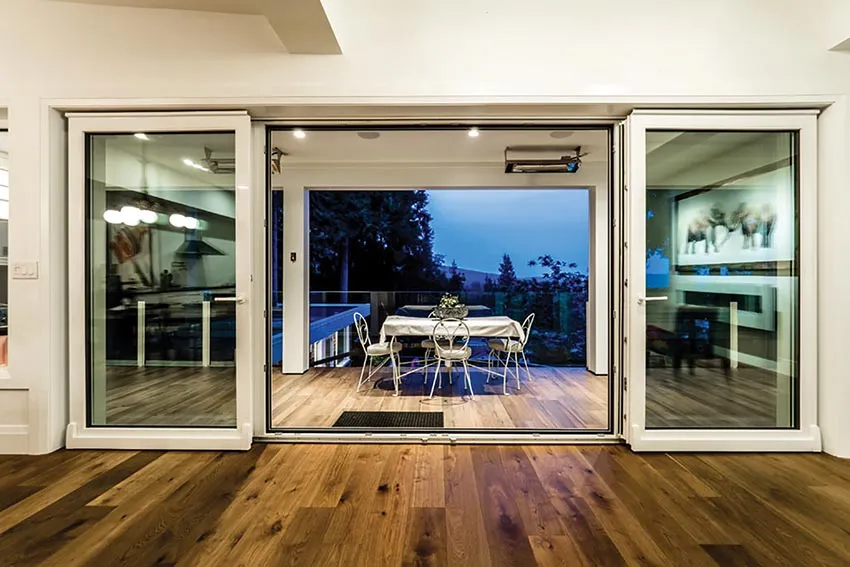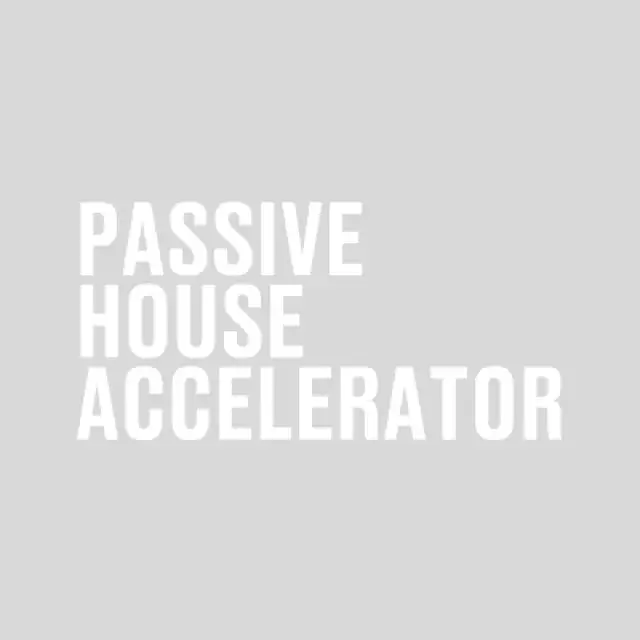



North Vancouver, British Columbia
Builder Nino Giangrande of Grande Pacific Homes started this project as a straightforward renovation using the current building code as a guide. Once construction started, he decided to take the Passive House training and certify as a Passive House Consultant.
After completing the course and passing the Consultant examination, he immediately changed the design and reengineered the project to meet the EnerPHIT standard. The shift inevitably incurred extra costs, but he was committed to achieving what eventually became the first certified EnerPHIT building in Canada.
The original building design complicated the EnerPHIT process. It had three different rooflines: a turret protruding from the centre of the main living area, butterfly wings on two sides, and a flat roof around the perimeter and over the garage. These features required some back and forth with the architect to address the thermal bridging between the many junctions. The air barrier, composed of taped exterior sheathing, required integrating three new walls and the existing sheathing. The original slab foundation, which comprised 75% of the final footprint, could only be insulated on the edge.
The building department presented a few challenges as well. The building includes a rental suite with a door that connects to the main house. The city wanted a separate heating source and HRV for the suite. Fortunately, these requirements were eventually satisfied. The jurisdiction also wouldn’t allow 4 inches of external insulation on the original foundation walls, as they were infringing on side yard setbacks, requiring that the insulation be placed inside.
The home, with a treated floor area of 326 square metres was completed in 2017. The final blower door number, an impressive 0.68 ACH50, is lower than the EnerPHIT maximum threshold of 1.0 ACH50. The all-electric house includes two refrigerators, an induction cooktop, a heat pump water heater, heated floors in the two bathrooms, and an HRV with an in-line electric heater. Giangrande eventually sold the house, but while he and his family lived there, the total electricity cost per year was approximately $200. They never turned on the electric fireplace, and as far as they could tell, the in-line HRV heater, which turns on automatically at 20°C (68°F), was never activated.
During their occupancy, the builder and his family enjoyed the high air quality, the lack of dust, and the comfort. A confirmed Passive House advocate, Giangrande has two new Passive House projects in the works. The features that most interest his clients: indoor air quality and comfort.


